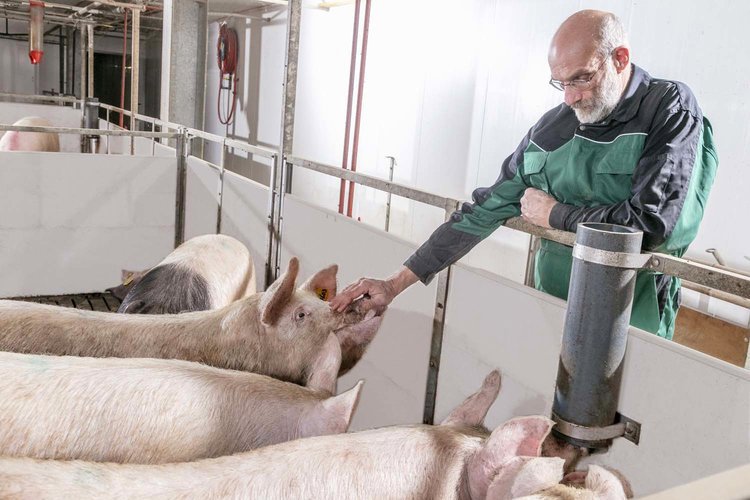
How to recognise
Herds in sub-optimal conditions, with inadequate feed management, experience increased culling rates in the first four parities. A higher incidence of second litter syndrome sows is also seen, especially in gilts who are farrowed while heat stressed.

The impact on the farmer
Feeding errors in any phase of the life cycle will result in both short and long-term consequences for the health and productivity of the herd. For example, if gestating sows are overfed, they will then reduce their feed intake during lactation and lose more weight. This results in lowered productivity during the next cycle, with more feed needed to recover their body condition. Feeding errors can raise costs, impair production, and reduce longevity due to a higher culling rate at an earlier age.
